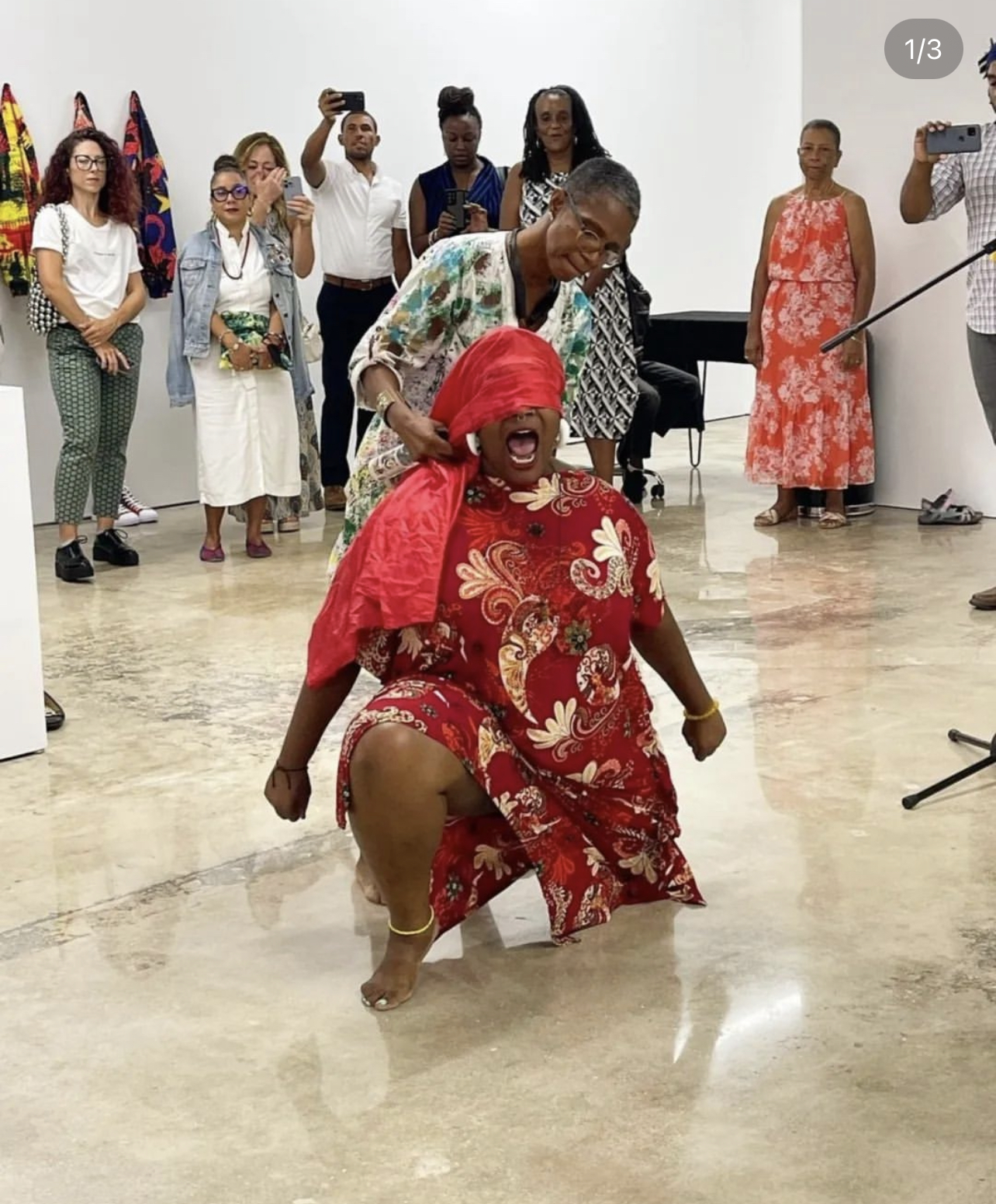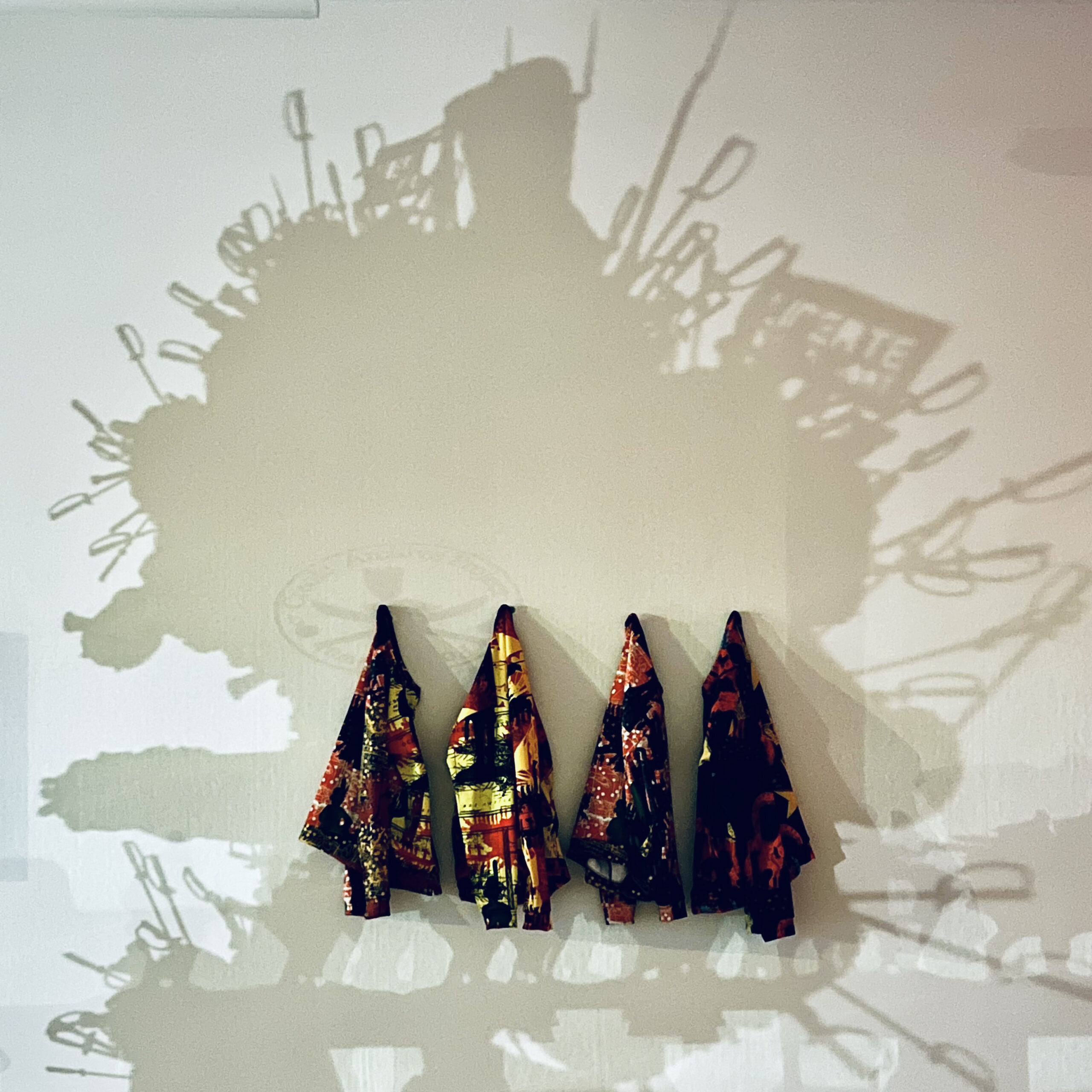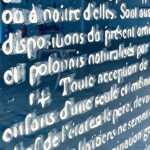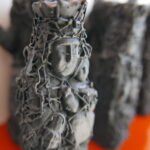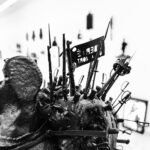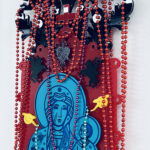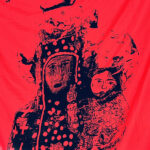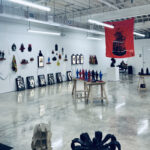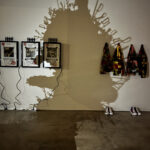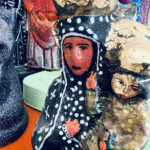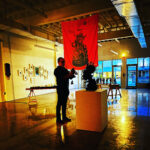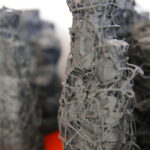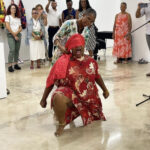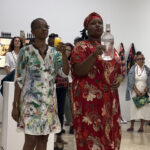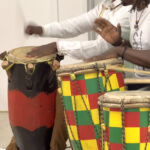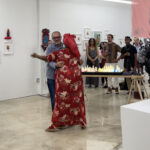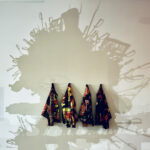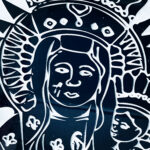
Creole Archive: Poloné Nwa
Haiti and Poland are separated by approximately 5,300 miles (about 8,400 kilometers). How then can they share anything in common? Who were the Poloné Nwa (Black Poles) mentioned in Jean-Jacques Dessalines’ 1805 Constitution? How did they earn citizenship in the western hemisphere’s first independent Black Republic? These are the questions explored in this exhibition which begins to lift the opaque veil on a history that is frequently forgotten. The story begins in 1802 when 5,000 Polish legionnaires, in service to France, arrived in Saint Domingue’s Cap Français (Cap Haïtien) as part of Napoléon Bonaparte’s invading force. Dazzled by the lushness of the tropical foliage, exotic fruits and aromas, but often felled by the heat and tropical ailments, and contending with the enemy’s guerilla tactics, the soldiers under French command were tasked with putting down the continuing 1791 uprising led by the colony’s formerly enslaved population. Rather than a band of unruly rebels the Polish legionnaires found men who were fighting for freedom, equality and self-determination. Objectives the Poles had for their own occupied homeland. Confronted with French depredations and cruelty some Polish legionnaires left their brigades to side with the Black and mixed-ancestry rebels; a few Poles served as Dessalines’ garde du corps (personal guards). Thus, the Poles were living up to their republican/democratic ideals that “all free people are brothers,” and were rewarded with citizenship in the Republic of Haiti, becoming Poloné Nwa. In this exhibition the Atlantic entanglements between the Polish legionnaires and the Saint Domingue (Haiti) insurgents coalesce around the Catholic Virgin of Częstochowa and the Haitian Vodou lwa (deity) Ezilí Dantor, both important feminine figures in their respective religions who share representational and spiritual commonalities. Through its narrative the exhibition’s goal is to spark further conversation and enquiry into this overlooked aspect of Haitian, Polish and Atlantic history.
M. Stephanie Chancy, Ph.D.
Curator
Exhibitions:



























